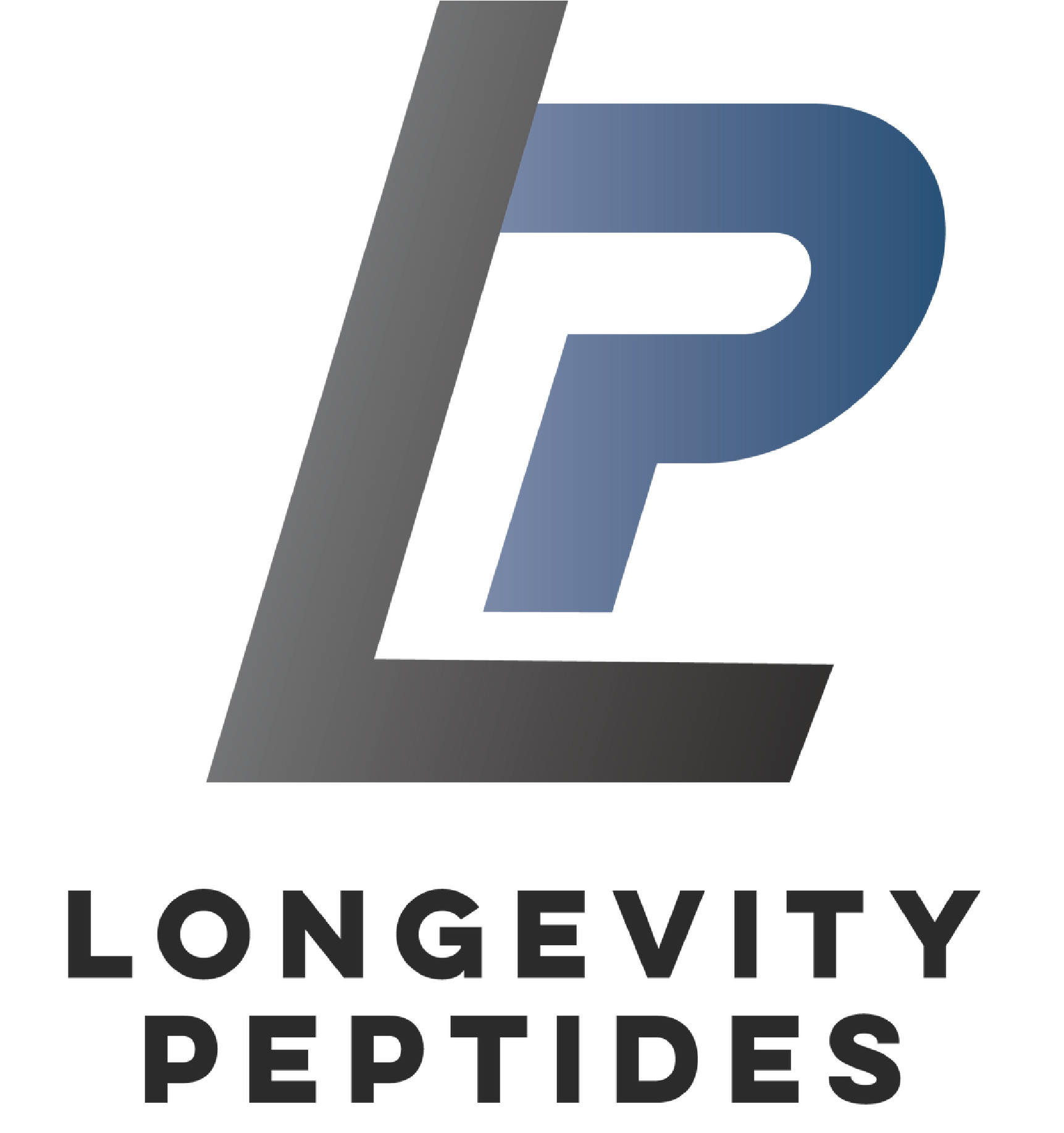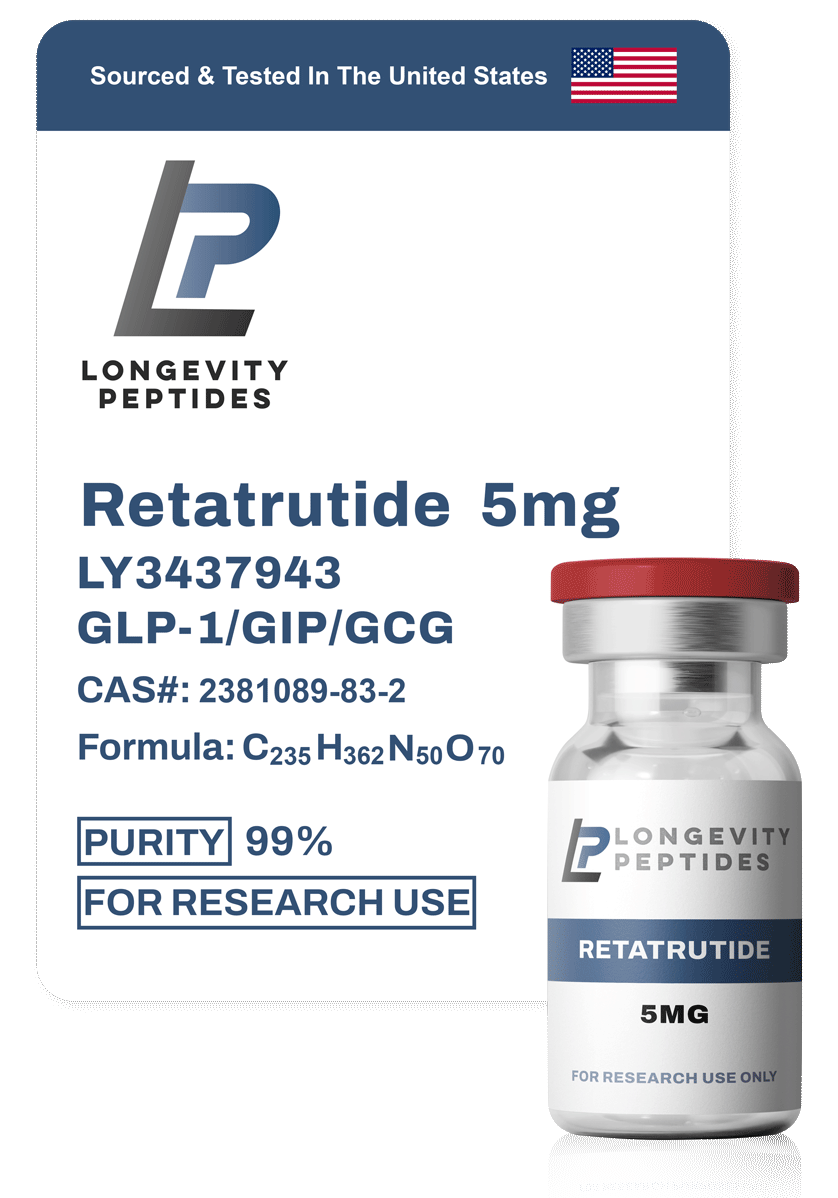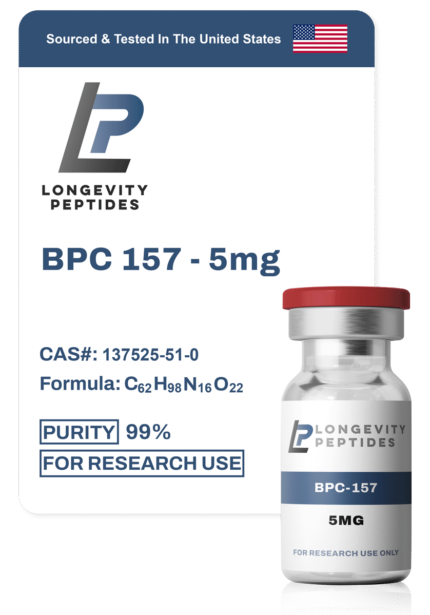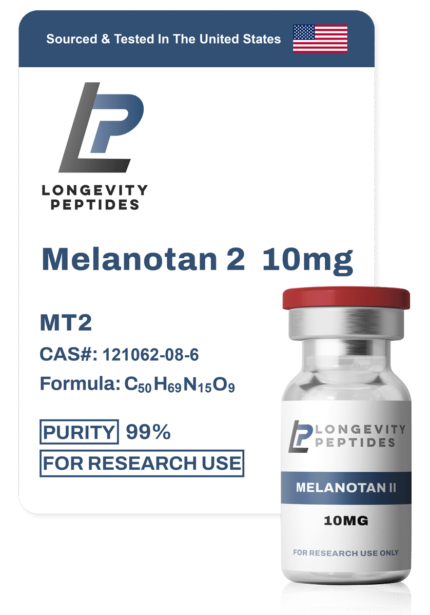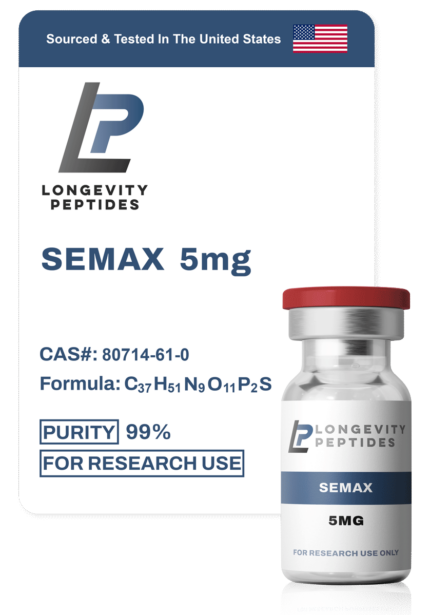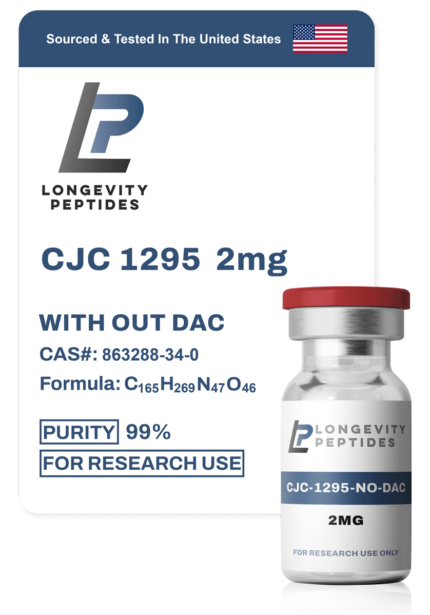Retatrutide
$105.00 – $250.00
Retatrutide (also known as LY3437943) is a synthetic triple-hormone receptor agonist GLP-1 (glucagon-like peptide-1), GIP (glucose-dependent insulinotropic polypeptide), and glucagon receptors. This “triple G” approach sets it apart from other weight loss drugs like semaglutide (Ozempic/Wegovy) or tirzepatide (Mounjaro), which target fewer receptors. Retatrutide’s unique mechanism aims to tackle obesity, type 2 diabetes, and related conditions with potentially greater efficacy.
Description
Primary Uses of Retatrutide
- Weight Loss (Obesity Management):
- Retatrutide is primarily being developed for chronic weight management. In a Phase 2 trial (published in The New England Journal of Medicine, June 2023), adults with obesity (no diabetes) lost up to 24.2% of their body weight (about 58 lbs on average) after 48 weeks at the highest dose (12 mg weekly). This outpaces many existing drugs, approaching bariatric surgery-level results.
- It works by:
- Suppressing appetite (via GLP-1 and GIP).
- Increasing energy expenditure (via glucagon).
- Slowing gastric emptying to enhance fullness.
- Type 2 Diabetes:
- In a separate Phase 2 trial (The Lancet, August 2023), people with type 2 diabetes saw dose-dependent weight loss (up to 16.94% at 12 mg after 36 weeks) and significant improvements in HbA1c (blood sugar control), rivaling or exceeding dulaglutide (Trulicity).
- It enhances insulin secretion and stabilizes glucose levels, leveraging all three receptors.
- Fatty Liver Disease (MASLD):
- A substudy from the obesity trial showed retatrutide reduced liver fat by up to 82.4% (12 mg dose) after 48 weeks, with 9 out of 10 participants normalizing liver fat levels (<5%). This suggests potential for treating metabolic dysfunction-associated steatotic liver disease (MASLD), formerly known as NAFLD.
- Cardiometabolic Benefits:
- Exploratory endpoints in trials showed improvements in blood pressure, triglycerides, LDL cholesterol, and fasting glucose, hinting at broader cardiovascular benefits.
How It’s Used
- Administration: Delivered via once-weekly subcutaneous injection, similar to other GLP-1-based drugs.
- Dosage: Tested doses range from 1 mg to 12 mg, with higher doses yielding greater effects. Phase 2 trials used escalation regimens (e.g., starting at 2 mg or 4 mg, ramping up) to minimize side effects.
Product Usage: This item is designed exclusively for use as a research chemical in laboratory settings and in vitro experiments, to be handled only by licensed, trained professionals. It is not intended or approved for human or animal consumption. Any misuse, misbranding, or mislabeling as a drug, food, or cosmetic is strictly forbidden. All accompanying information is provided solely for educational purposes.
Additional information
| Milligram |
5.0mg ,10mg ,15mg |
|---|
Related products
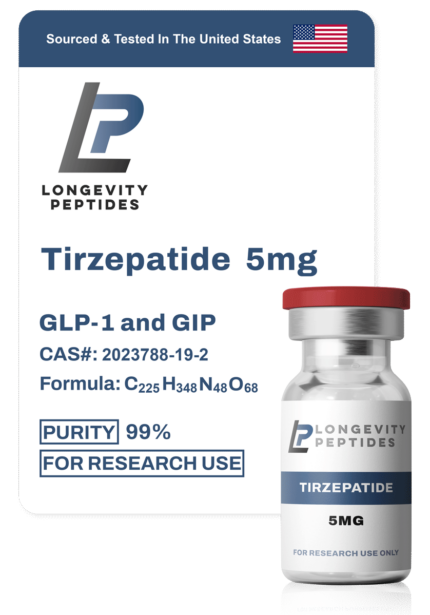
Tirzepatide
$105.00 – $250.00

